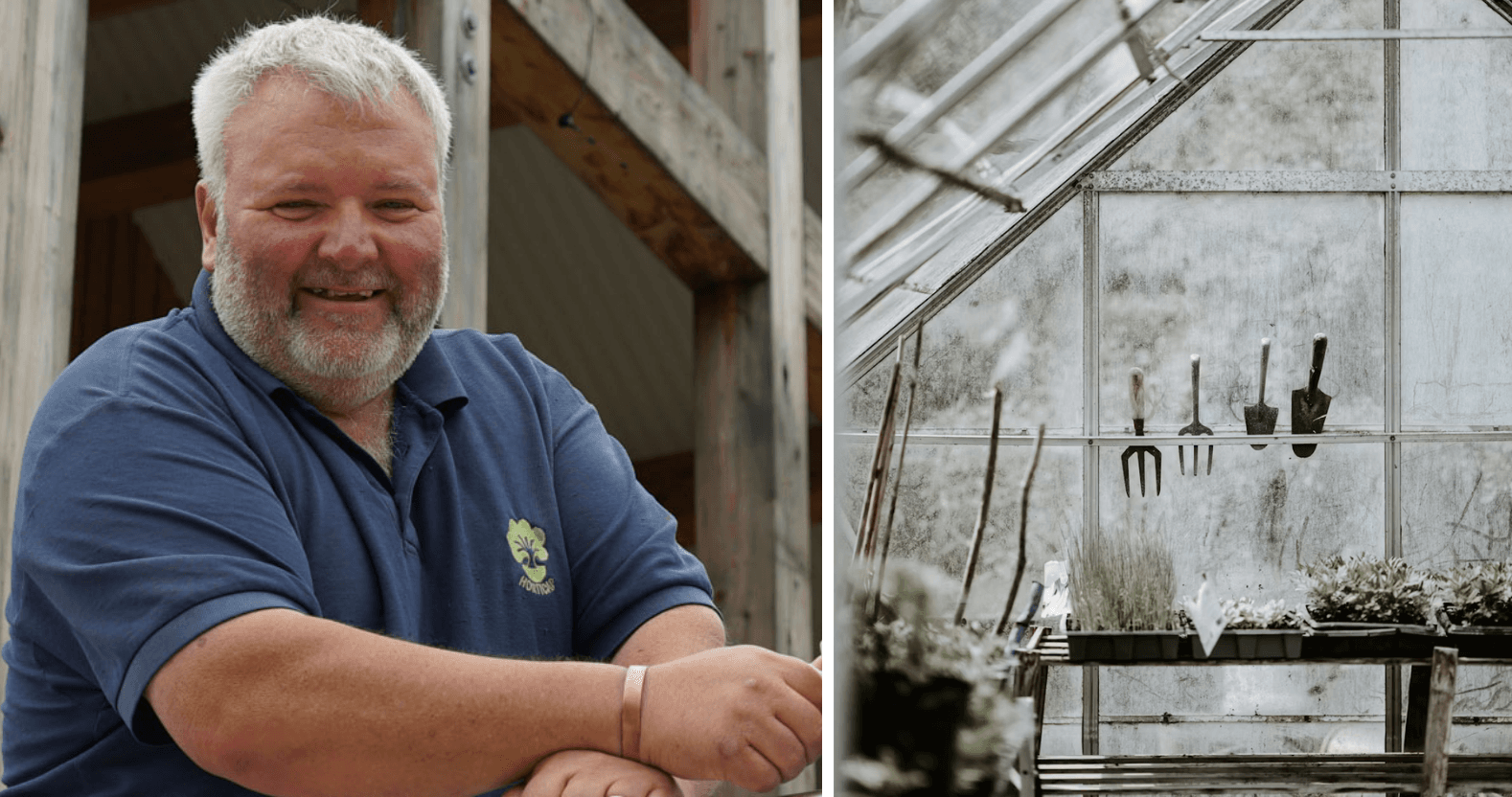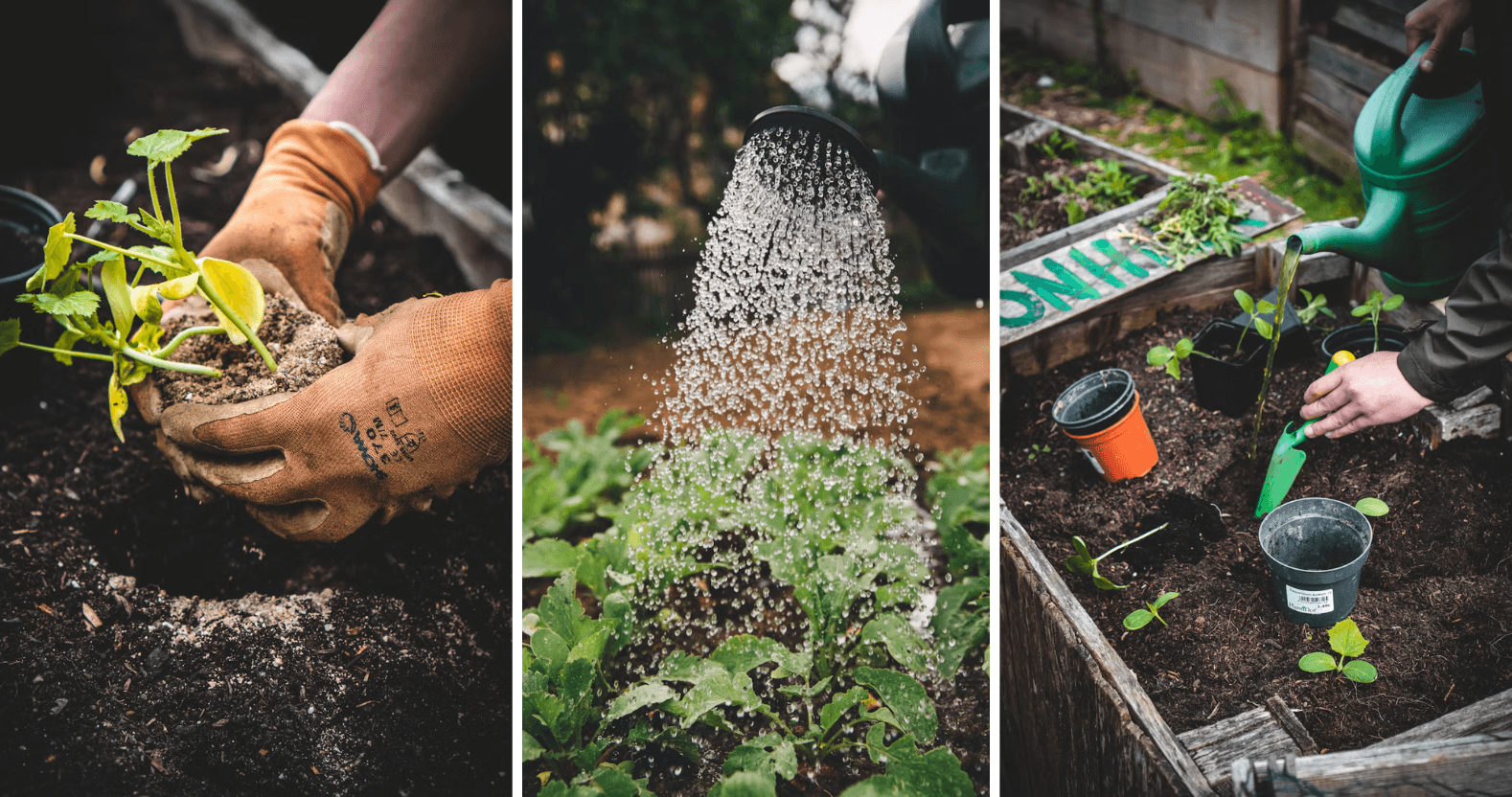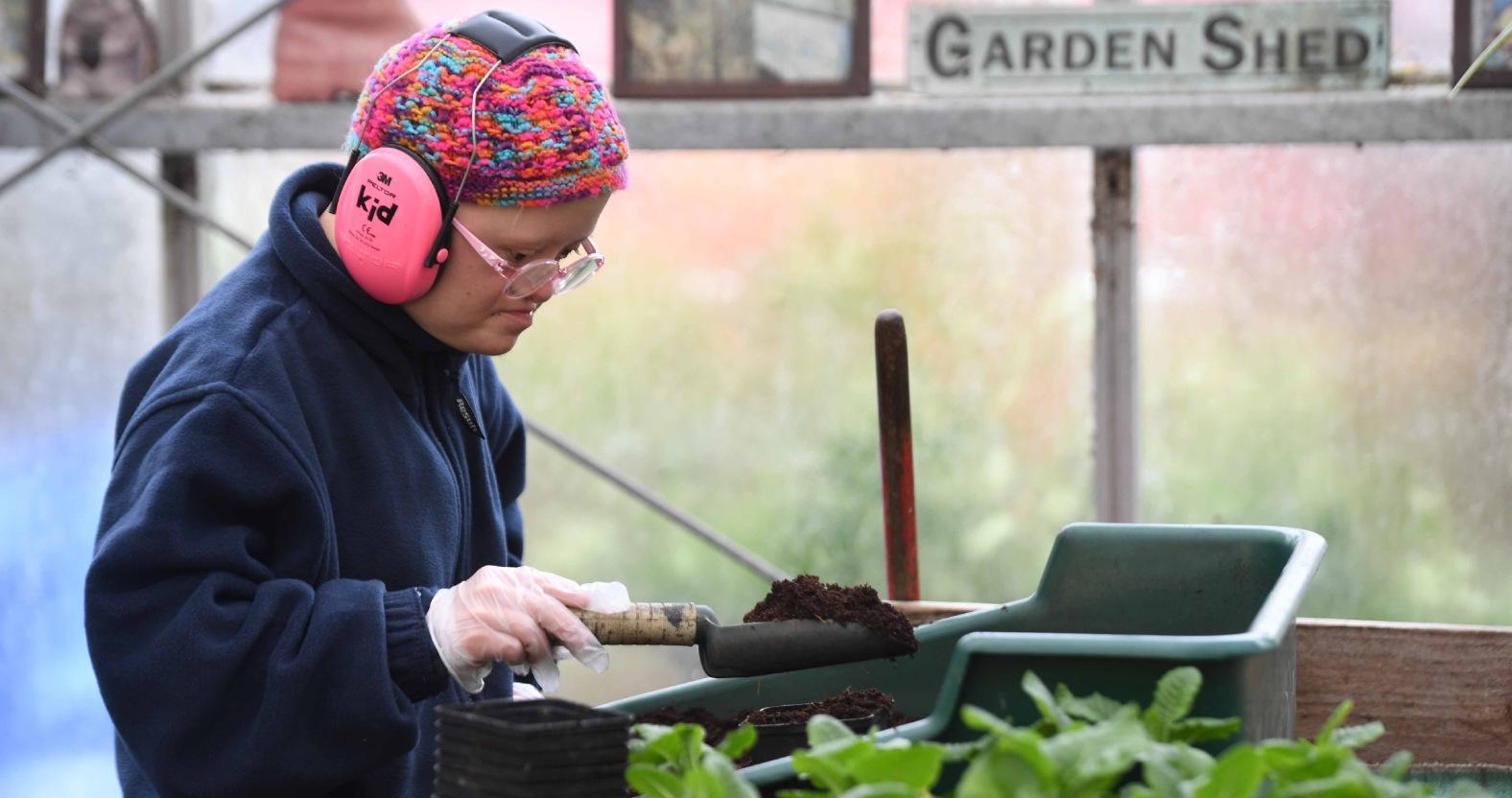Thank you for your interest in this story
To continue reading this article, subscribe to the Stray Ferret for as little as £1 a week
Already a subscriber? Log in here.
01
Feb
4 dos and a don’t for winter gardening, according to Harrogate’s Horticap

You might think that this time of year there is nothing to do in the garden, but that’s quite a common misconception.
While it’s true that the winter months can equate to less maintenance – and probably less motivation when it’s as frosty as the current weather forecast - there are still some dos and don'ts for January.
Phil Airey, operations manager at Horticap, has shared some of his winter gardening tips for anyone willing to don their gloves and get prepared for spring and summer.
Horticap is an independent charity based in Harrogate that provides adults with disabilities training in horticulture, so Phil, the team and the students are all well-versed in all things green-thumbed.
Here are his three dos – and one don’t – to ensure a beautifully blooming garden when the warmer months finally arrive.
DO: Give your tools some TLC
While it may not feel like it after the recent freezing temperatures, there are plenty of dry, sunny days in winter.
Take advantage of these – it’s the perfect time to get your tools out, assess their condition, and give them a much-needed clean.
When I worked for the gardening department at Bradford Health Authority (many moons ago) we did this on the first week on coming back.
We used to use old mucky diesel oil to coat the metal areas to stop them rusting.
These days you could use linseed oil for both the metal parts and handles. Your tools will sparkle, and the oil will penetrate and protect the surface of metal from oxidation.
DO: Move a tree or shrub to a better place
Is there a small tree, shrub or perennial plant that you want to move?
Well, this is the right time of month to do just that. Make sure you return the tree or shrub to the ground at the same depth as it was in the soil before.
Most plants are dormant in winter, which is why it can be the best time to move them. However, you’ll need to make sure that the ground is snow and frost free.

DO: Plan ahead for the next few months
A good friend of mine found that January was the perfect time to pick the seeds for sowing this year.
He would make a brew and sit down and go through his seed catalogues. He made it last all day, and it gave him a seasonal boost for the year ahead.
Make the most of the snow and plan your year of sowing and growing. If there’s anything else you’d like to do to your garden, now is the time to research the best season and conditions in which to do it.
DO: Look out for your local wildlife
Winter can be a challenge for wildlife but there are small things you can do to make those tougher months a little easier.
Firstly, don't be too hasty to clear seed heads. If you leave them up throughout January and February, they can provide food for birds and cover for bugs.
Make sure you remember to fill up your bird feeders if you have them, and provide water too.

Horticap student Philippa Holland potting plants
DON’T: Walk across your lawn
Walking on the lawn will only compact the soil underneath, which isn’t good for growth.
If you have to walk on any grass area, you can help by aeration – the process of perforating the soil with small holes to allow air, water and nutrients to penetrate the grass roots.
This will help with drainage and promote root growth to produce a stronger, healthier lawn. Tine aeration is a lawn care technique that uses tines, or spikes, to create holes in the lawn, and while you can use a machine, it’s just as easy to do it with a fork.
0